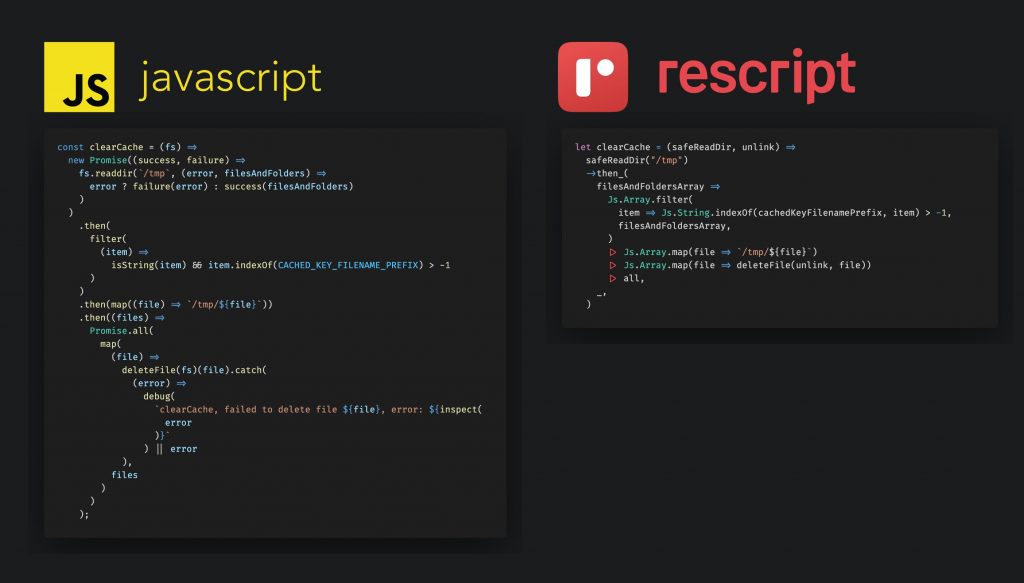Introduction
I spent the past couple of years playing around with Reason, which later split off into ReScript: the OCAML for JavaScript developers. Last weekend, I finally was productive. I wanted to cover what I’ve learned in the past 2 years, and even this weekend. My hope is it will inspire you to check out what ReScript has to offer compared to TypeScript.


